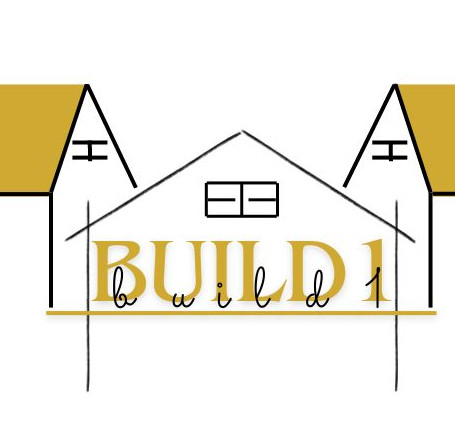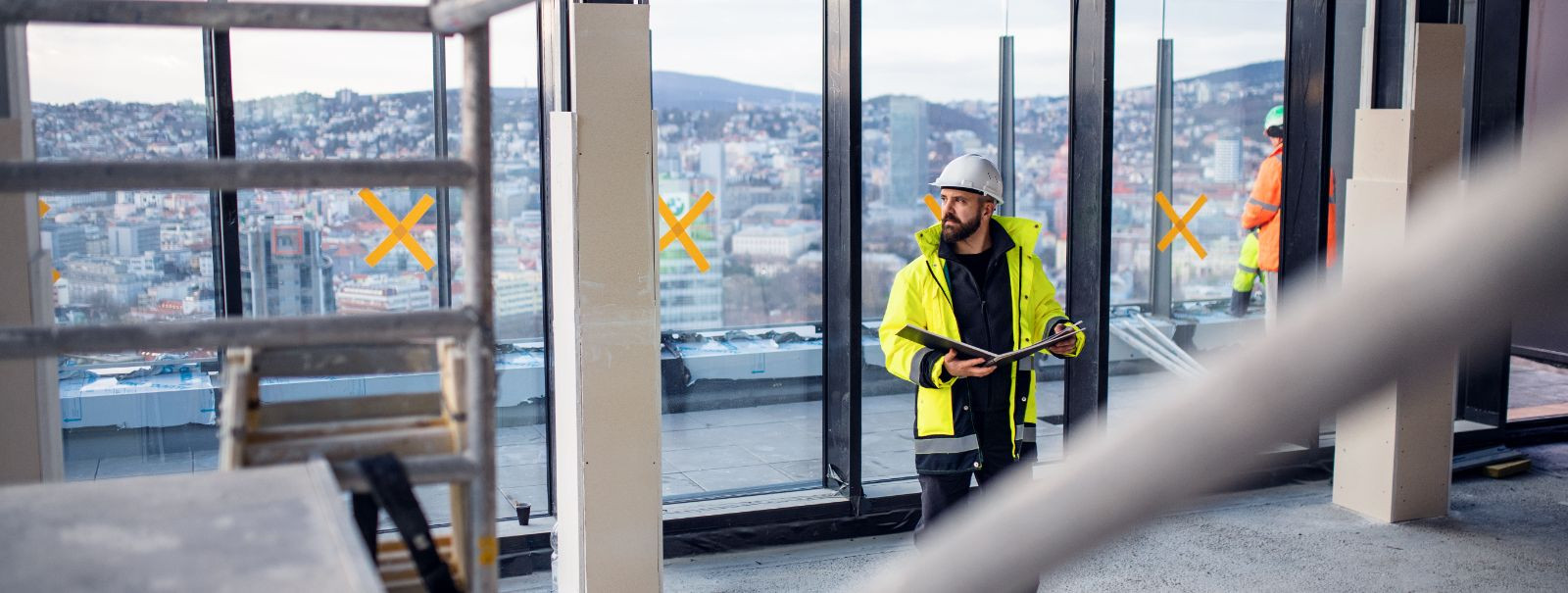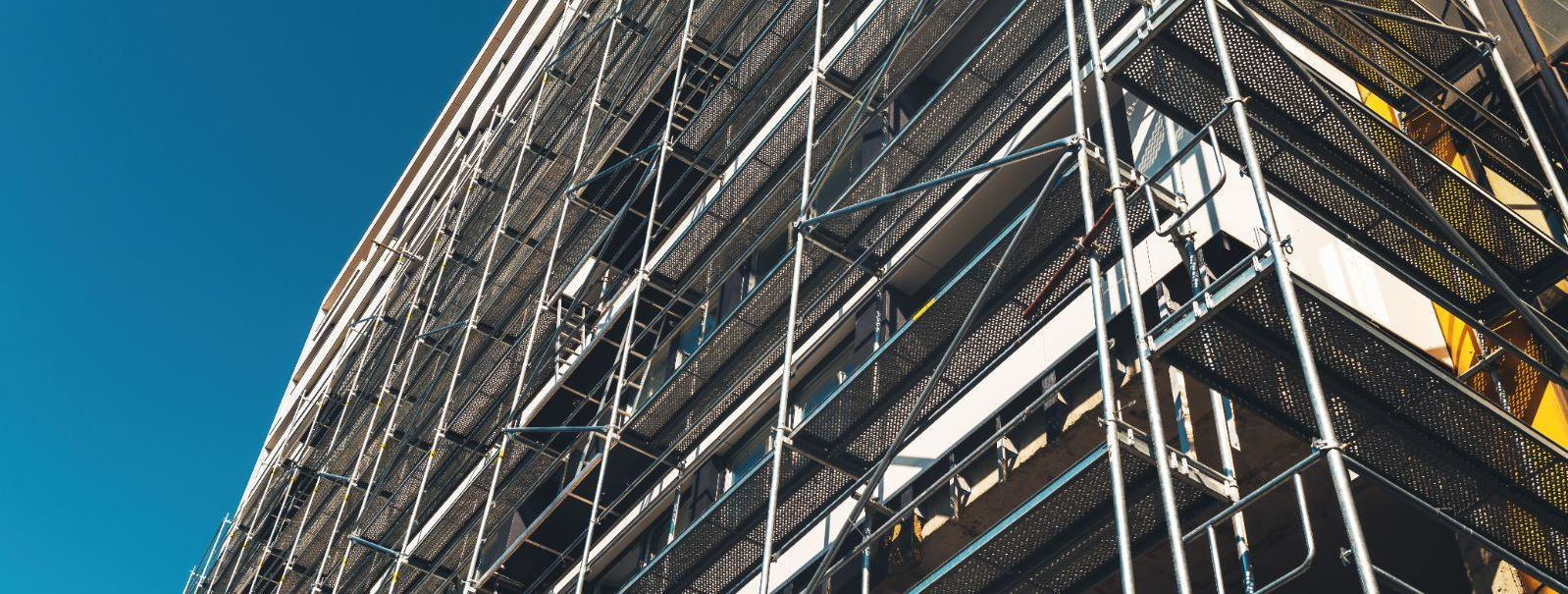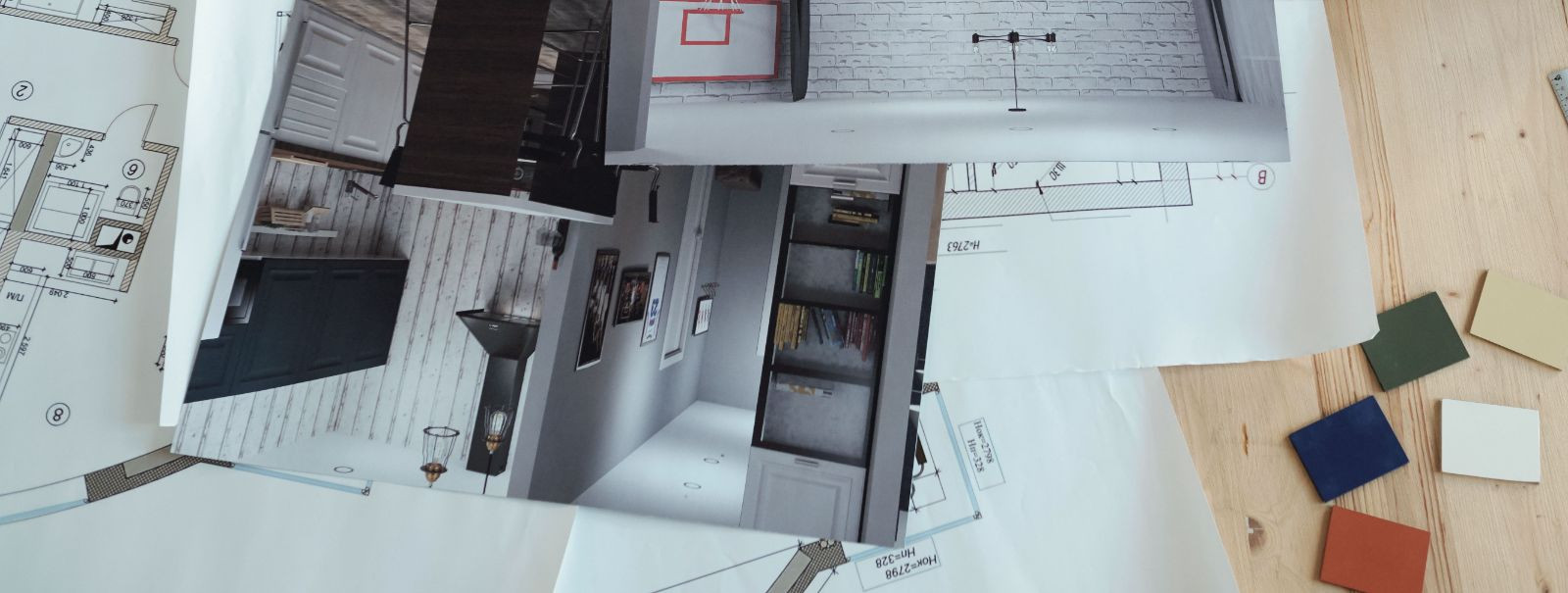5 trends in scandinavian building design
Scandinavian building design, renowned for its simplicity, minimalism, and functionality, continues to influence the global architecture and design landscape. This design philosophy, deeply rooted in the Nordic environment and culture, emphasizes a connection with nature, sustainable living, and a clean aesthetic that promotes wellbeing and efficiency.
1. Minimalism and Simplicity
The essence of Scandinavian design lies in its minimalistic approach. This trend focuses on creating serene and harmonious environments that are both aesthetically pleasing and functional.
Scandinavian architecture is characterized by clean lines, a lack of ornamentation, and a clear focus on uncluttered spaces. The design is intentional, with every element serving a purpose, contributing to a sense of calm and order.
Maximizing natural light is a key component of Scandinavian design. Large windows, often floor-to-ceiling, are common features that help to create bright, airy spaces that connect inhabitants with the outdoors.
2. Eco-Friendly Materials and Practices
Environmental sustainability is at the core of Scandinavian building design. This trend is about using materials and practices that are kind to the planet and promote healthy living.
There is a strong emphasis on using renewable resources like wood from sustainably managed forests, and sourcing materials locally to reduce the environmental impact of transportation.
Scandinavian design often incorporates energy-efficient technologies and adheres to Passive House standards, which significantly reduce a building's ecological footprint by minimizing energy consumption.
3. Smart Home Technology Integration
As technology advances, so does the integration of smart home features into Scandinavian design. This trend is about enhancing the functionality and comfort of living spaces while also improving energy efficiency.
Home automation systems are increasingly common in Scandinavian homes, allowing residents to control lighting, heating, and security systems with ease.
Energy management systems are used to monitor and control energy consumption, ensuring that homes are not only comfortable but also environmentally friendly and cost-effective.
4. Indoor-Outdoor Living
The Scandinavian lifestyle values a strong connection with nature, and this is reflected in building designs that seamlessly integrate indoor and outdoor living spaces.
Designs often include elements such as large sliding doors, patios, and courtyards that encourage a flow between the interior and exterior of the home. Nature-inspired elements like wood, stone, and plants are incorporated into the design to create a sense of continuity with the natural world.
5. Cultural and Historical References
While Scandinavian design is often seen as modern and forward-thinking, there is also a deep respect for tradition and history.
Designers often reference traditional Scandinavian motifs and crafts, integrating them into modern designs to celebrate cultural heritage. Contemporary buildings may echo the forms and materials of historical architecture, providing a modern twist on classic Scandinavian styles.
Looking to embrace the elegance of Scandinavian design in your next project? Contact BUILD1 OÜ for expert construction and renovation services that embody these cutting-edge trends.
Contact:
oybuild@gmail.com






Comments (0)